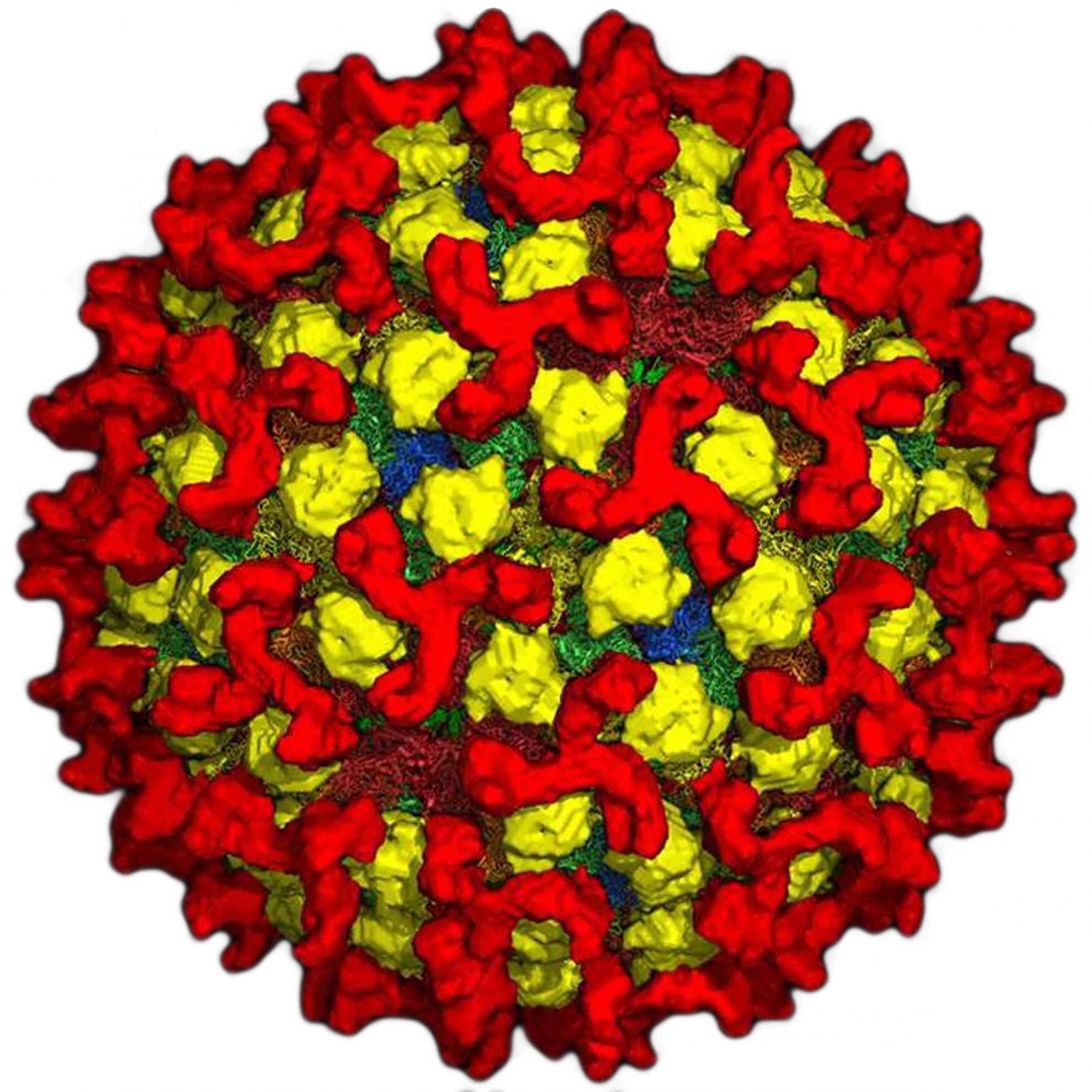Infection kinetics of epizootic haemorrhagic disease virus serotype 6 in Holstein-Friesian cattle
Epizootic Haemorrhagic Disease virus serotype 6 (EHDV-6) has recently caused serious outbreaks of Epizootic Haemorrhagic Disease (EHD) on the edges of Europe, in Turkey, Israel and Morocco. The aim of this study was to assess the pathogenicity and infection kinetics of EHD in Holstein-Friesian cattle infected with the two distinct strains of EHDV-6 isolated from the recent Turkish and Moroccan outbreaks. Samples taken throughout the study were used to validate two recently developed diagnostic assays that detect EHDV antibodies and viral genome. Two groups of five Holstein-Friesian cattle were experimentally infected with either the Moroccan or the Turkish isolate of EHDV-6. Cattle in both groups remained clinically unaffected throughout the study, but displayed high levels of viral RNA and virus in their blood, confirming that sub-clinical infection of cattle is likely to play an important role in EHDV transmission. A recently developed and commercialised real-time RT-PCR assay detected viral RNA as early as 2 days post infection (dpi) in both infection studies and viral RNA persisted for the course of the study. Antibodies against EHDV were first detected by 9 dpi using a recently developed EHDV blocking ELISA and antibodies persisted up to the end of the study. All animals developed high levels of neutralising antibodies to EHDV-6, measured by a serum neutralisation test (SNT), with titres (log 10) ranging from 2.20 to 2.38 at the end of the study. Virus was isolated from the blood of infected animals from as early as 2 dpi up to 28 dpi.
Back to publications
